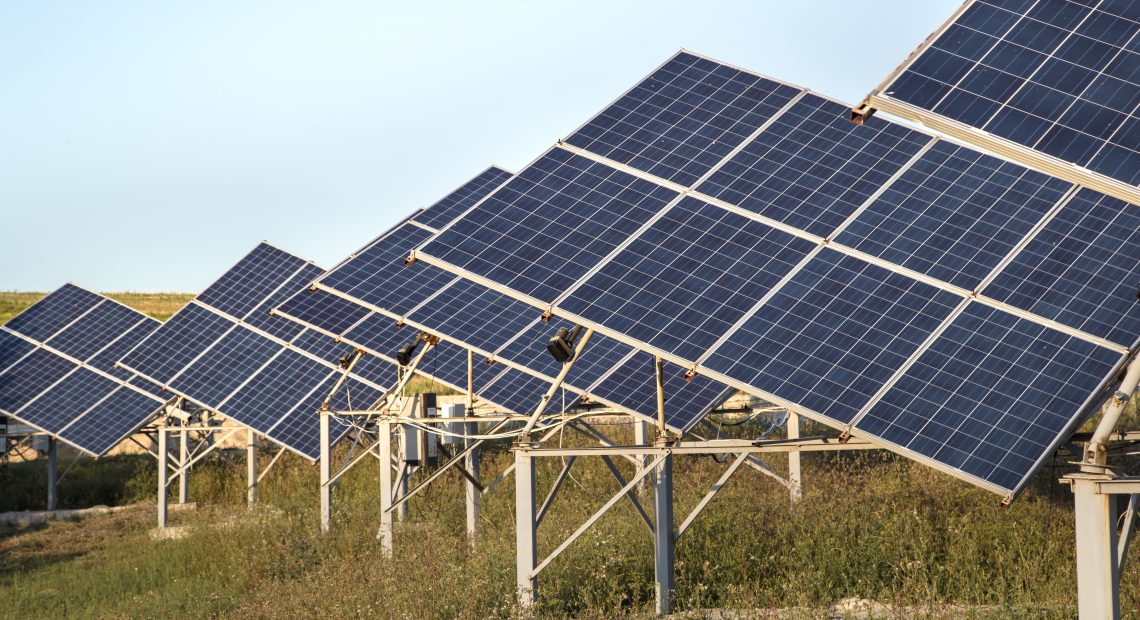
India Plans Major Investment in Solar Manufacturing
In a strategic move to bolster its renewable energy sector, India is finalizing a $1 billion capital subsidy initiative aimed at enhancing domestic solar manufacturing capabilities. This substantial investment underscores the nation’s commitment to reducing reliance on imports and achieving its ambitious renewable energy targets.
Objectives of the Subsidy Plan
The primary goal of this subsidy plan is to stimulate local production of essential components used in solar power generation. By providing financial incentives, the government aims to attract both existing and new manufacturers to expand their operations within the country. This initiative is expected to create a more self-sufficient supply chain, decrease dependency on foreign imports, and foster technological advancements in the solar industry.
Alignment with National Renewable Energy Goals
India has set an ambitious target to install 500 gigawatts (GW) of renewable energy capacity by 2030, with solar power playing a pivotal role in this endeavor. The proposed subsidy is a critical component of the broader strategy to meet this goal, ensuring that the necessary infrastructure and manufacturing capabilities are in place to support large-scale solar deployments.
Enhancing Energy Security and Economic Growth
By investing in domestic solar manufacturing, India aims to enhance its energy security, reduce carbon emissions, and stimulate economic growth. The development of a robust local manufacturing ecosystem is anticipated to generate employment opportunities, promote technological innovation, and position India as a significant player in the global renewable energy market.
In summary, the proposed $1 billion subsidy plan reflects India’s strategic commitment to advancing its renewable energy sector through the promotion of domestic solar manufacturing. This initiative is poised to play a crucial role in achieving the nation’s energy and environmental objectives.


















